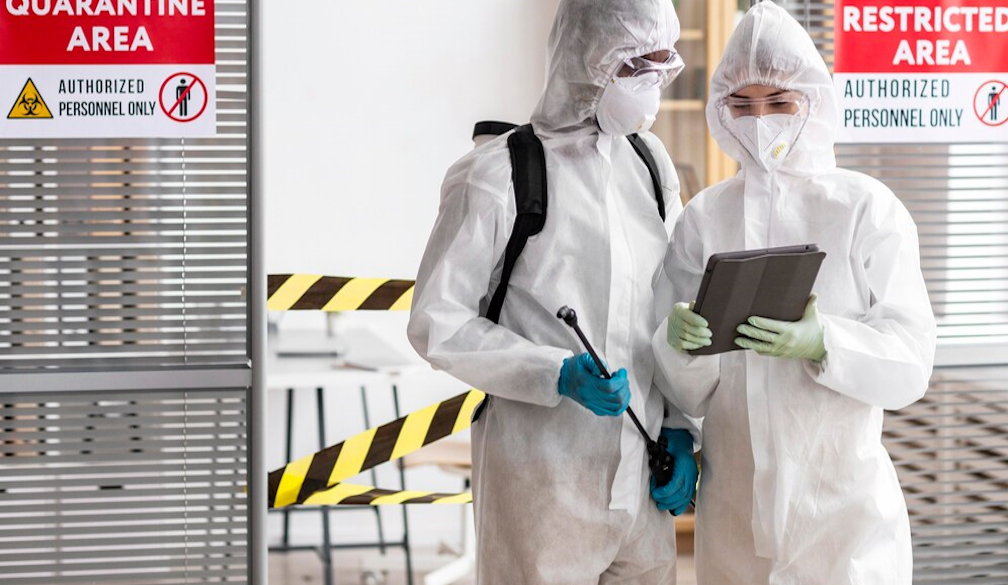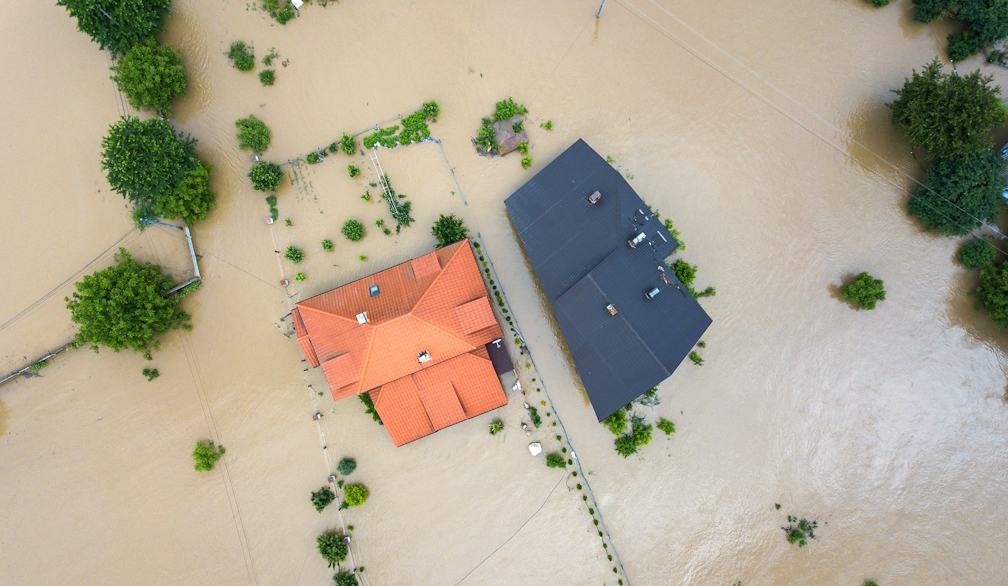Asbestos Removal: Safeguarding Health and Environment

Asbestos, once hailed for its versatility and fire-resistant properties, is now recognised as a hazardous substance. Exposure to asbestos fibers can lead to severe health issues, including lung cancer and mesothelioma. Consequently, asbestos removal has become a critical endeavor in ensuring public safety and environmental protection. This article delves into the importance of asbestos removal, highlighting key considerations and procedures, with a specific focus on asbestos removal in Melbourne.
Understanding Asbestos
Asbestos refers to a group of naturally occurring minerals composed of thin, microscopic fibers. Due to its durability and resistance to heat, asbestos found widespread use in various industries, including construction, automotive, and manufacturing, during the 20th century. However, prolonged exposure to airborne asbestos fibers poses significant health risks, with symptoms often manifesting years or even decades after initial exposure.
The Importance of Asbestos Removal
Given the health hazards associated with asbestos exposure, the removal of asbestos-containing materials (ACMs) is crucial. Whether in residential, commercial, or industrial settings, the presence of deteriorating ACMs poses a potential threat to occupants and workers. Asbestos removal not only mitigates health risks but also prevents the spread of asbestos fibers into the environment, safeguarding public health and the ecosystem.
Key Considerations in Asbestos Removal
- Risk Assessment: Prior to removal, a comprehensive risk assessment is conducted to identify the extent of asbestos contamination and develop an appropriate removal strategy. This assessment considers factors such as the type of asbestos present, its condition, and the potential for fiber release during removal.
- Regulatory Compliance: Asbestos removal must adhere to stringent regulatory standards and guidelines established by local authorities. In Melbourne, asbestos removal practitioners must hold relevant licenses and comply with the Occupational Health and Safety (OHS) regulations to ensure safe and legal removal practices.
- Containment and Encapsulation: During removal, strict containment measures are employed to minimise the release of asbestos fibers into the air. Encapsulation techniques may also be utilised to seal asbestos materials and prevent fiber dispersion.
- Safe Handling and Disposal: Trained professionals equipped with personal protective equipment (PPE) undertake asbestos removal tasks to minimise exposure risks. Disposal of asbestos waste follows specific protocols to ensure proper containment and transportation to authorised disposal facilities.
Asbestos Removal in Melbourne
In Melbourne, a bustling metropolis renowned for its cultural diversity and architectural heritage, asbestos removal is a critical aspect of building maintenance and renovation projects. Asbestos was extensively used in the construction of residential, commercial, and industrial properties throughout the city's history, necessitating proactive removal efforts.
Regulatory Framework: The Victorian government, through agencies and the Environment Protection Authority (EPA), oversees asbestos management and removal activities in Melbourne. Stringent regulations and codes of practice govern asbestos removal procedures, aiming to protect both workers and the public from exposure risks.
Professional Expertise: Melbourne boasts a pool of licensed asbestos removal contractors and consultants with specialised training and experience in handling asbestos-related projects. These professionals employ state-of-the-art equipment and adhere to industry best practices to ensure safe and efficient removal operations.
Community Awareness: Recognising the importance of public education, local authorities in Melbourne conduct outreach programs and awareness campaigns to inform residents about the risks of asbestos exposure and the importance of proper removal and disposal practices.
Conclusion
Asbestos removal plays a pivotal role in safeguarding public health and environmental integrity. In Melbourne, as in many urban centers worldwide, diligent efforts are underway to identify and remove asbestos-containing materials from properties to minimise exposure risks. By adhering to stringent regulations, leveraging professional expertise, and raising community awareness, Melbourne strives to create safer and healthier living environments for its residents.












